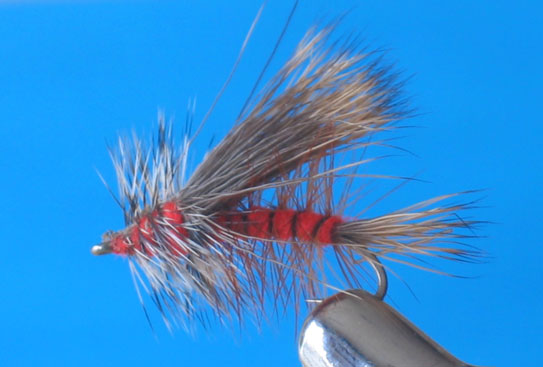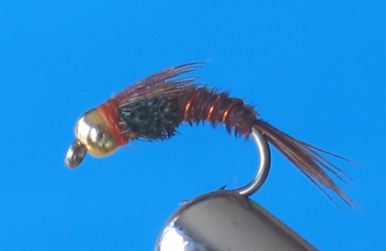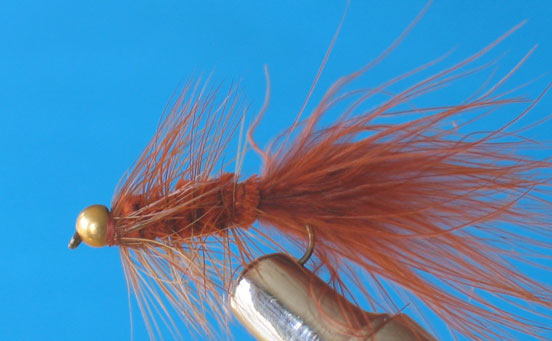Fly Fishing for Beginners - Flies
 Welcome to the wonderful and wacky world of flies. There are literally thousands of different fly patterns out there, most trying to imitate a specific insect in the area. Others imitate nothing at all but apparently look too tempting to fish to pass up. Some flies float on top of the water, while others will sink to the bottom.
Welcome to the wonderful and wacky world of flies. There are literally thousands of different fly patterns out there, most trying to imitate a specific insect in the area. Others imitate nothing at all but apparently look too tempting to fish to pass up. Some flies float on top of the water, while others will sink to the bottom.
You don't need to be an entomologist to understand your basic fly patterns. Usually there just a few different patterns you will need to cover your basis while fishing.
For the beginner, I recommend visiting their local fly shop or sporting goods store to see what patterns are recommended for their area. Also, just take a look at the flies to get a general idea of the different sizes, colors, and range of patterns.
And finally, don't be afraid to ask what is working for that particular season. Flies come in different sizes based on the size of the hook. The smaller the number, the larger the fly. They range in size from 2 to 32, with 32 being the smallest.
Where to get flies
Orvis - Huge selection of flies
Dry flies
 Dry flies float on the surface of the water and represent the adult stage of the insect's life. Fly patterns have been developed to imitate the different insects in a variety of shades and sizes. Also, general attractor patterns have been tied that represent a variety of insects and can be very effective.
Dry flies float on the surface of the water and represent the adult stage of the insect's life. Fly patterns have been developed to imitate the different insects in a variety of shades and sizes. Also, general attractor patterns have been tied that represent a variety of insects and can be very effective.
Nymphs
 Nymphs are subsurface flies used to represent the insect as it is developing from its larvae stage. Fish feed primarily on nymphs, so it is always a good idea bring nymphs during slow dry fly activity or if your goal is just catch fish.
Nymphs are subsurface flies used to represent the insect as it is developing from its larvae stage. Fish feed primarily on nymphs, so it is always a good idea bring nymphs during slow dry fly activity or if your goal is just catch fish.
Streamers
 Streamers imitate smaller fish and other aquatic life like leeches. They can be very effective for catching larger fish through deep pools. Streamers imitate small fish or other food sources just waiting to be eaten by larger fish.
Streamers imitate smaller fish and other aquatic life like leeches. They can be very effective for catching larger fish through deep pools. Streamers imitate small fish or other food sources just waiting to be eaten by larger fish.